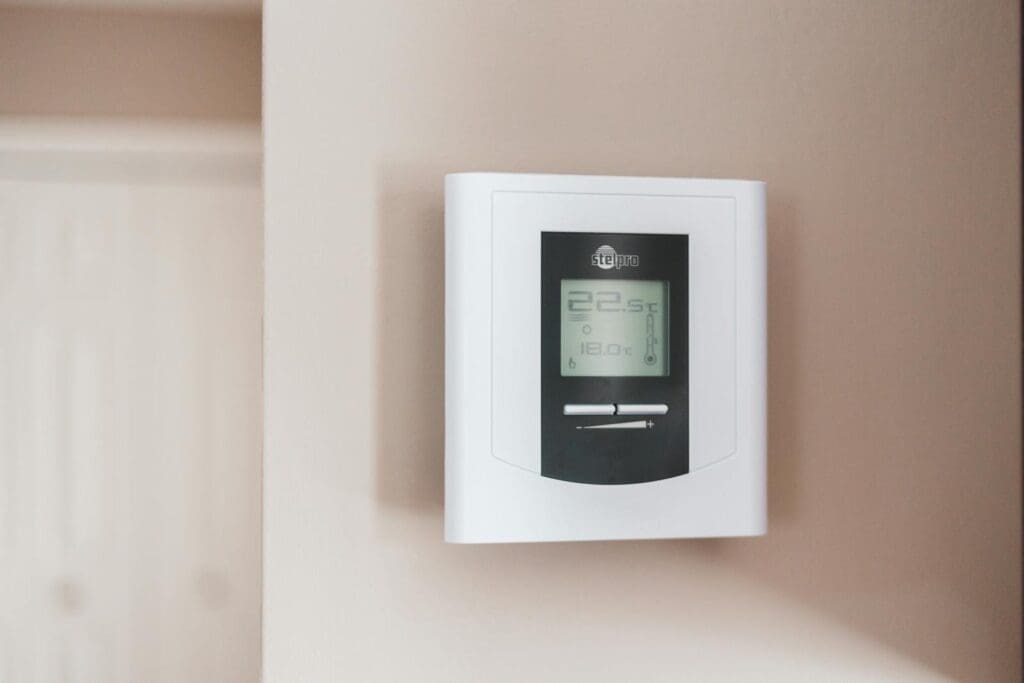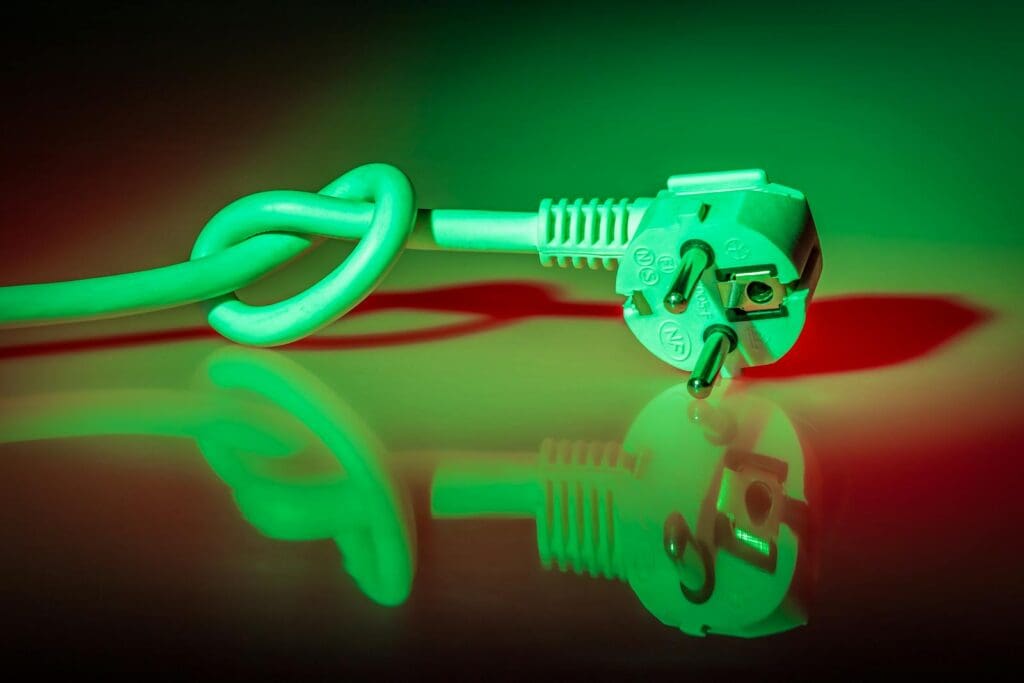Nobody likes overpaying for essentials, but saving on bills doesn’t have to mean sacrificing comfort or quality. The trick is to make smarter choices—ones that keep money in your pocket without making life harder.
From energy-efficient swaps to negotiating better rates, here are 10 ways to lower your bills without cutting corners.
1. Lower Your Energy Bill with Smart Tech

A smart thermostat can cut heating and cooling costs by automatically adjusting temperatures when you’re not home. LED light bulbs use 75% less energy than traditional bulbs and last longer, reducing both replacement and electricity costs.
Energy-efficient appliances and smart power strips can also help lower your electricity bill without affecting your lifestyle.
2. Negotiate Your Internet and Cable Rates

Many internet and cable providers offer lower rates to new customers—but existing customers can often get the same deal by simply asking. Call your provider and ask for a loyalty discount or threaten to switch to a competitor.
If they won’t budge, shop around and consider bundling services for better pricing.
3. Cut Unused Subscriptions

Streaming services, software subscriptions, and gym memberships can silently drain your wallet. Go through your bank statement and cancel anything you don’t use regularly.
If you’re hesitant to let go of a service, try pausing it for a month—if you don’t miss it, you don’t need it.
4. Adjust Your Water Heater Temperature

Most water heaters are set too high by default. Lowering the temperature to 120°F (49°C) can reduce energy costs without sacrificing comfort.
Additionally, insulating your water heater and pipes can help retain heat, meaning your system works less and saves you money.
5. Pay Bills on Time to Avoid Late Fees

Late fees and interest charges can add up quickly. Set up automatic payments or reminders to ensure you never miss a due date.
If you’re struggling with a bill, contact the provider before it’s overdue—many companies offer payment plans or grace periods.
6. Buy in Bulk for Essentials

Buying household staples in bulk—like toilet paper, cleaning supplies, and dry goods—can save you money over time. Just be sure to store items properly so they don’t go to waste.
Warehouse clubs like Costco or Sam’s Club often offer lower per-unit prices on everyday essentials.
7. Use Cashback and Rewards Programs

Many banks and credit cards offer cashback on groceries, gas, and utility payments. Apps like Rakuten and Ibotta can help you earn rewards on everyday purchases.
If you use a credit card for rewards, be sure to pay it off in full each month to avoid interest charges.
8. Unplug Electronics When Not in Use

Many electronics use power even when turned off. Unplugging devices or using a smart power strip can prevent “phantom” energy use.
TVs, computers, and kitchen appliances are some of the biggest culprits of wasted electricity when left plugged in.
Read More: The 10 Best Dog Breeds for Empty Nesters
9. Shop Around for Insurance Rates

Home, auto, and health insurance rates change over time. Shopping around or bundling your policies with one provider can lead to significant savings.
Check for discounts like good driver rates, home security system savings, or loyalty perks that your current provider may offer but hasn’t applied to your policy.
Read More: 10 Tips for Pet Owners Looking to Save Money
10. Cook at Home Instead of Ordering Out

Eating out or ordering delivery regularly adds up fast. Even cutting back by one or two meals per week can lead to big savings.
Batch cooking, meal planning, and using leftovers wisely can help you reduce food waste and save on grocery costs without sacrificing quality meals.
Read More: Unexpected Bills That Can Derail You—Stay Prepared






